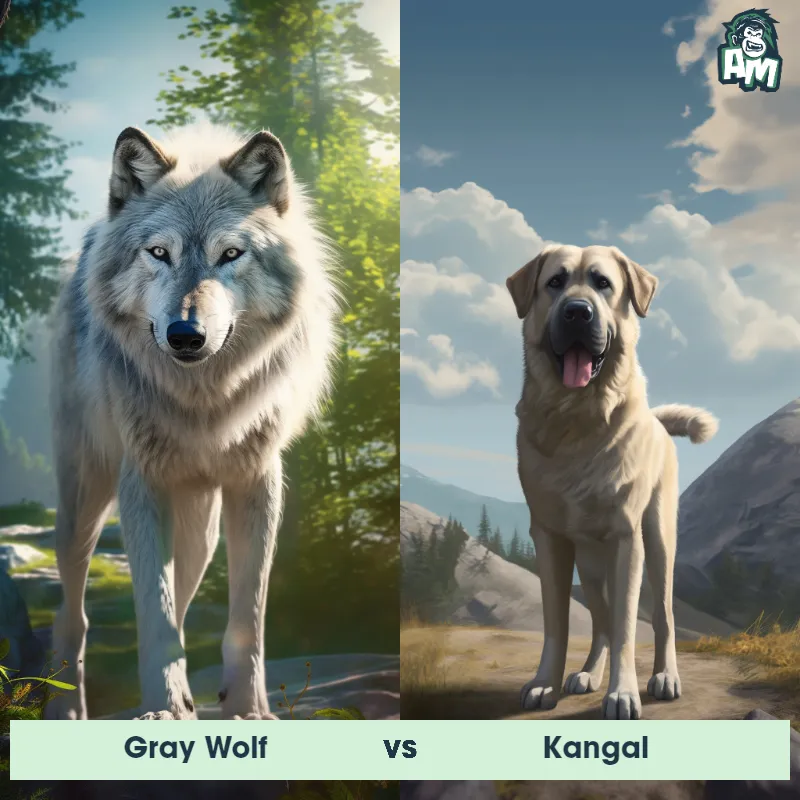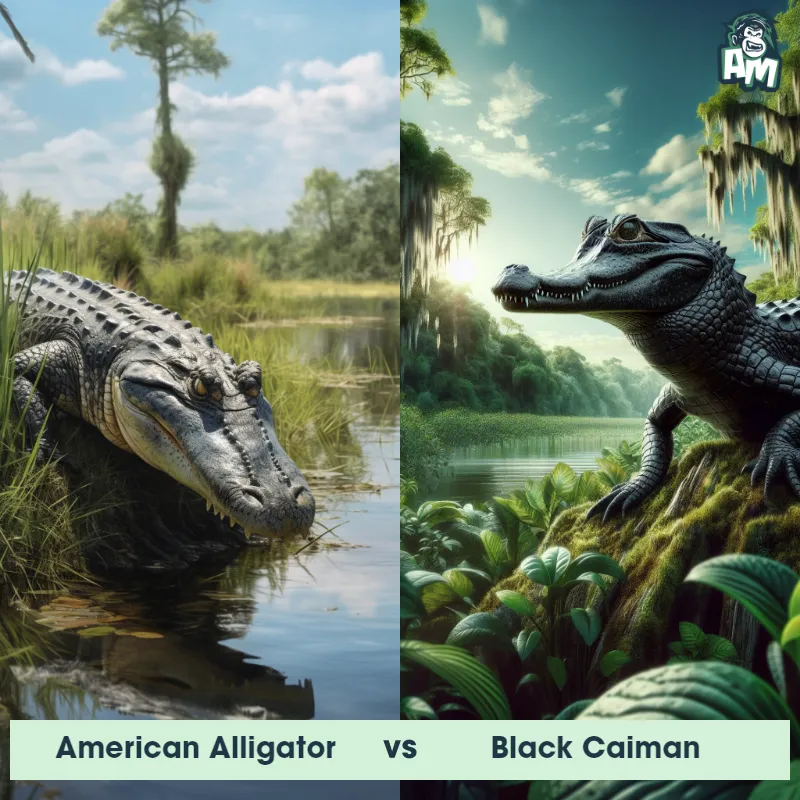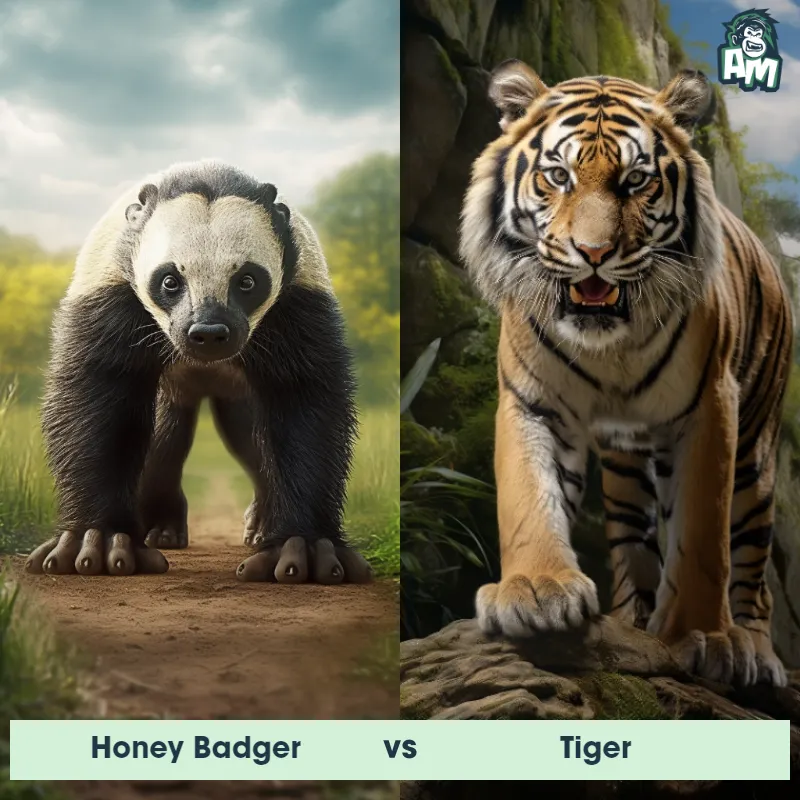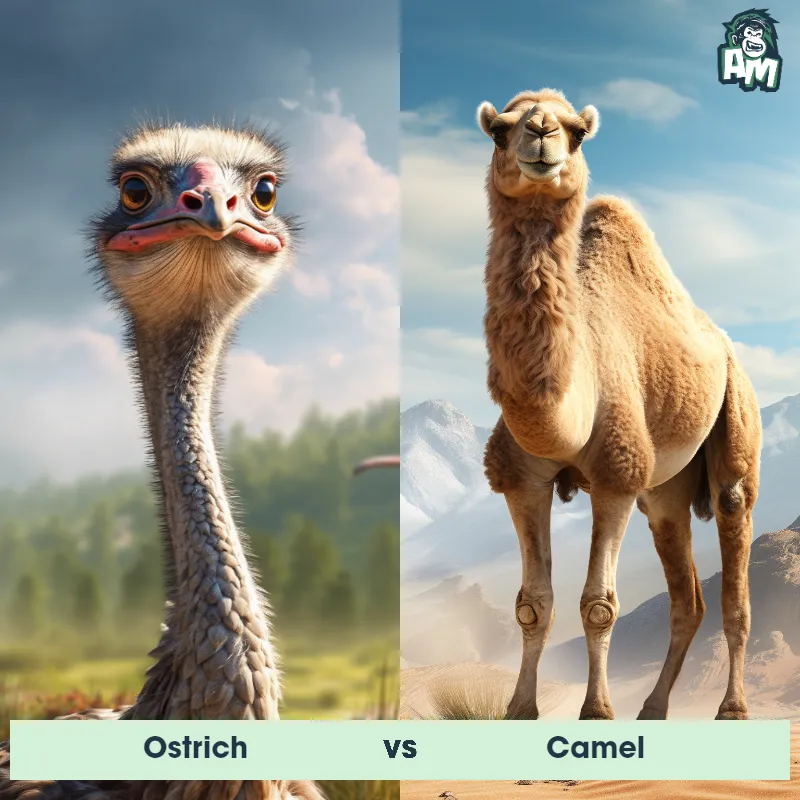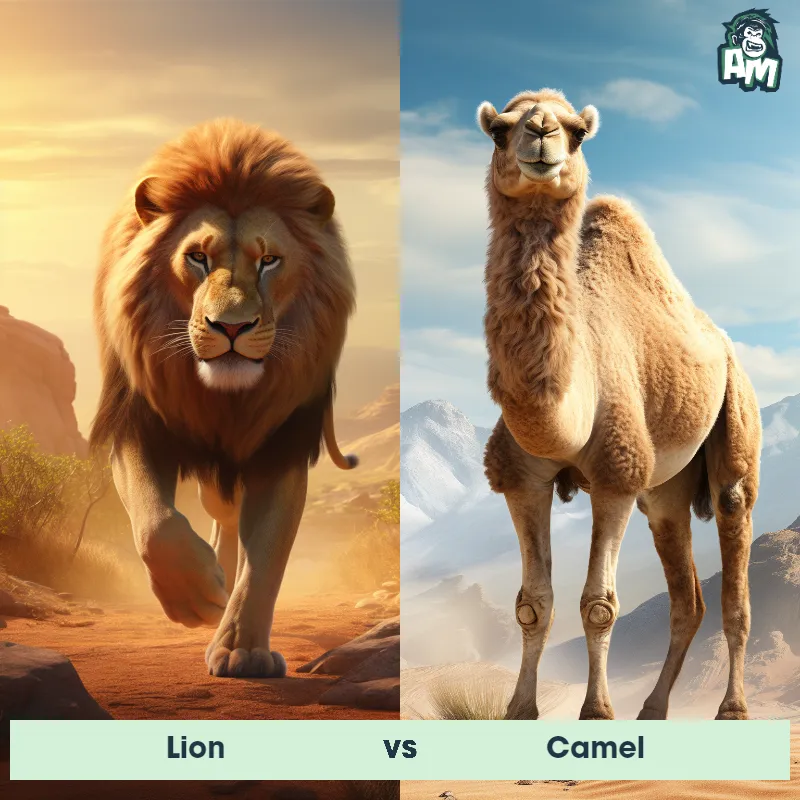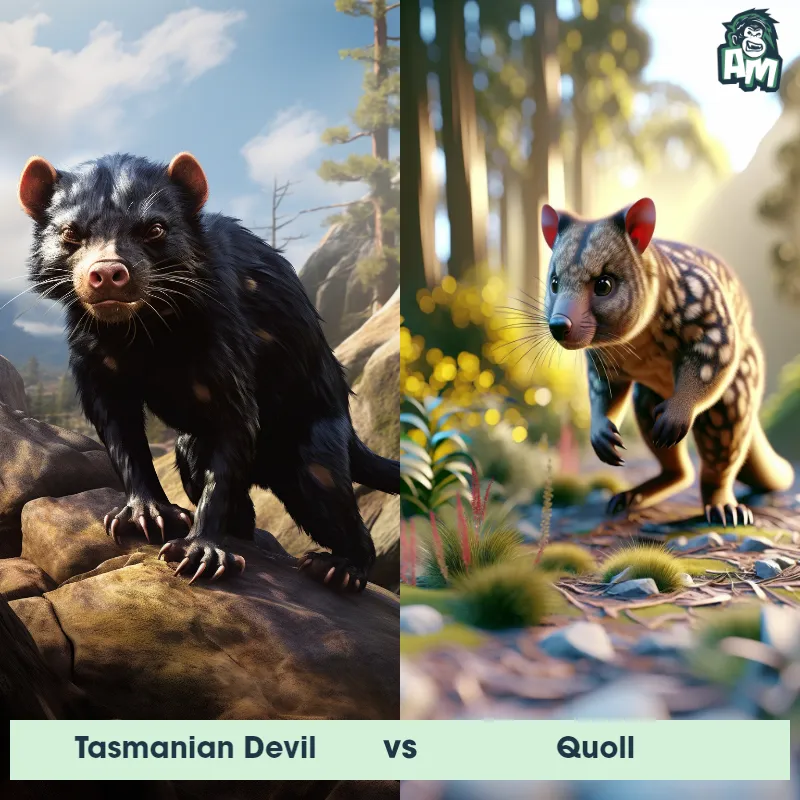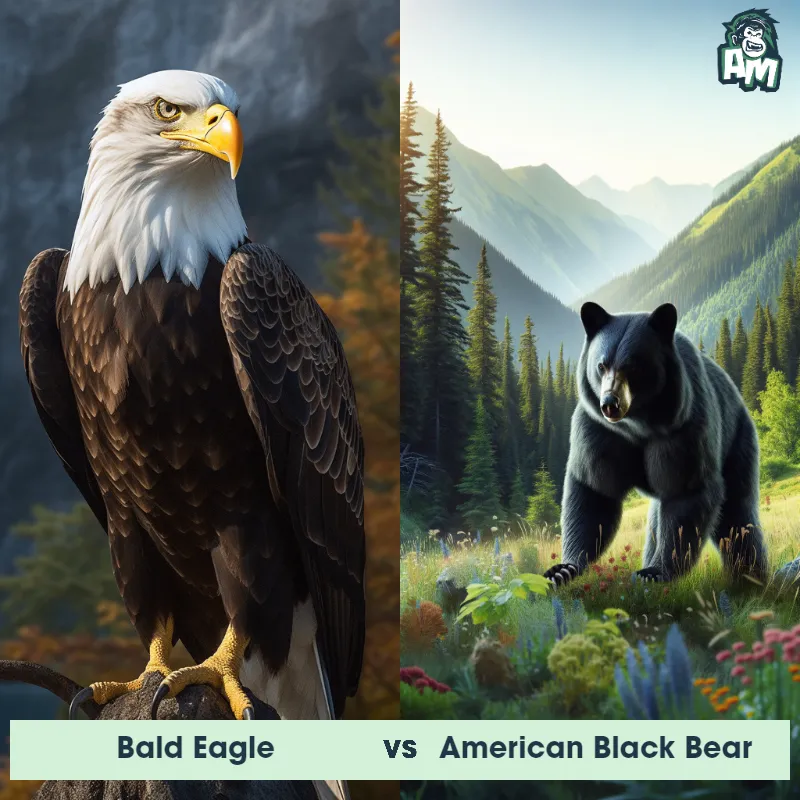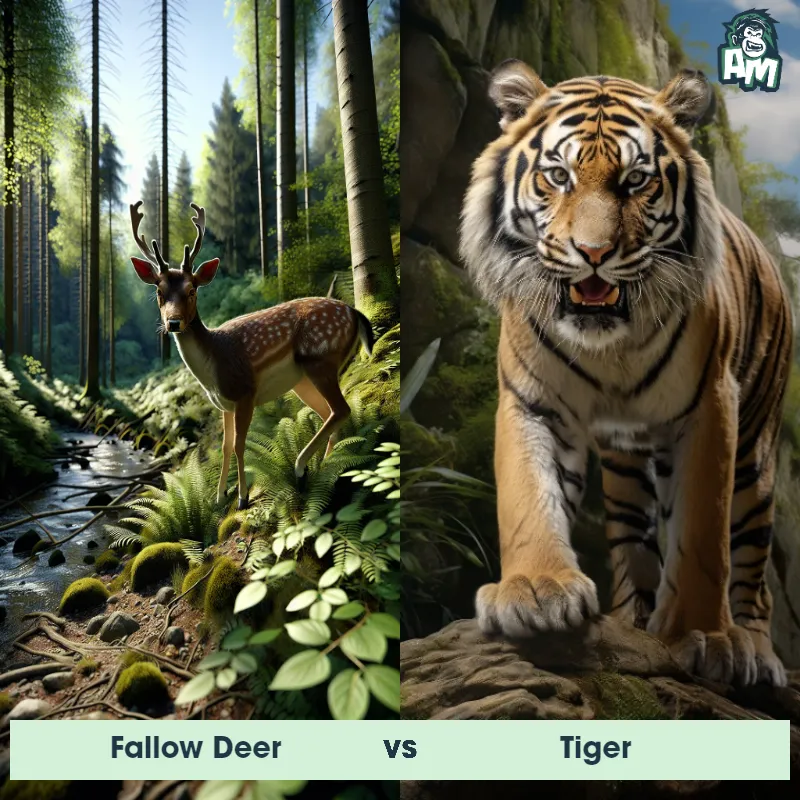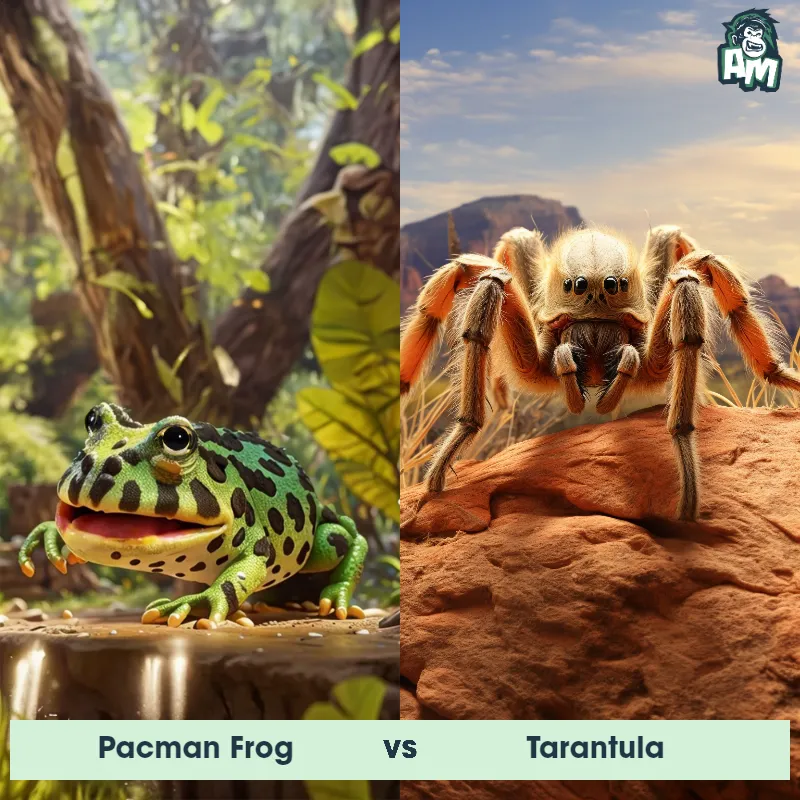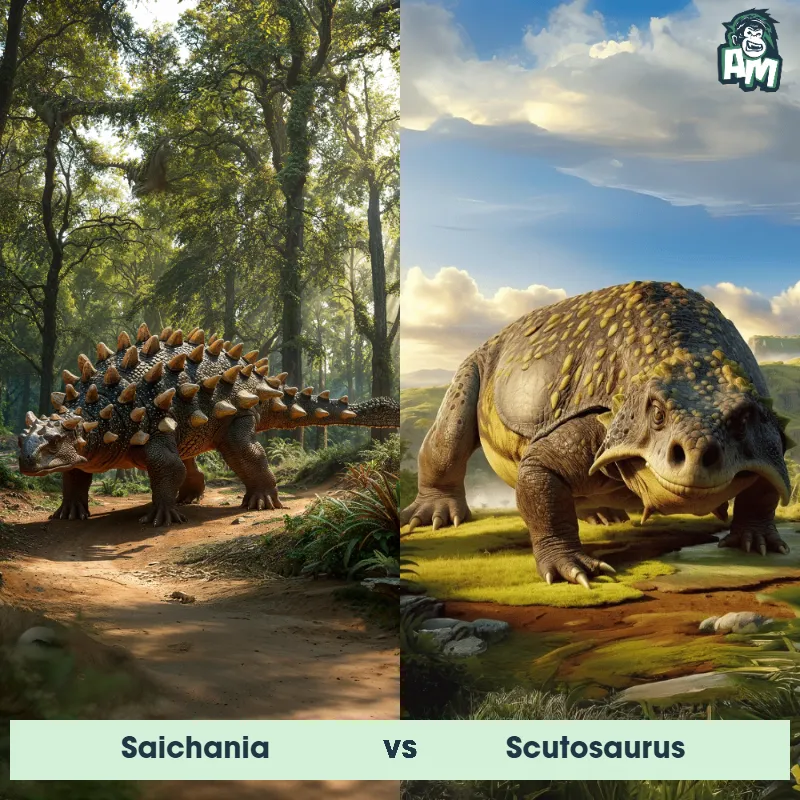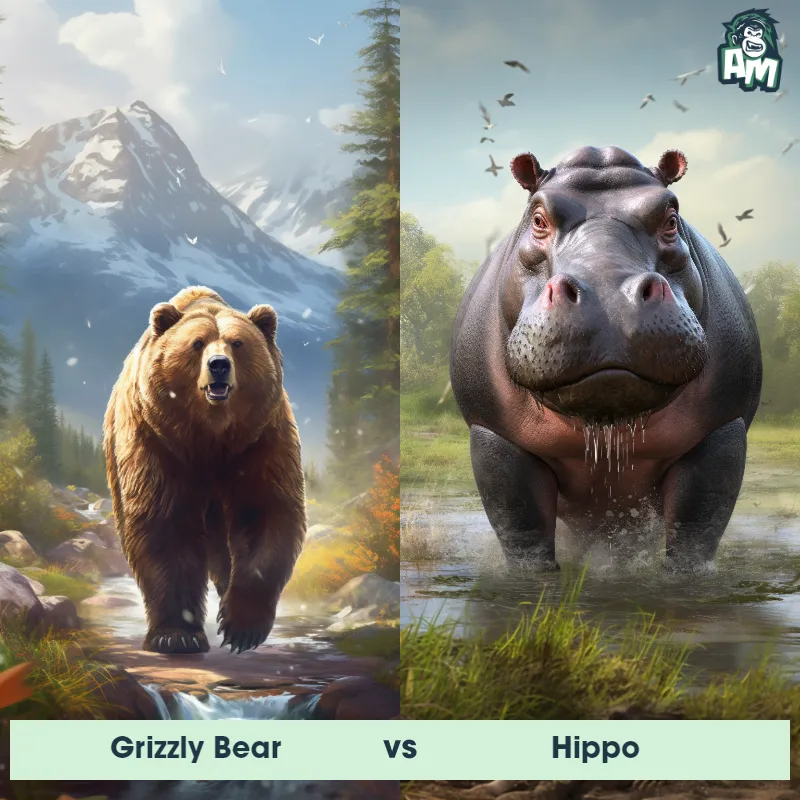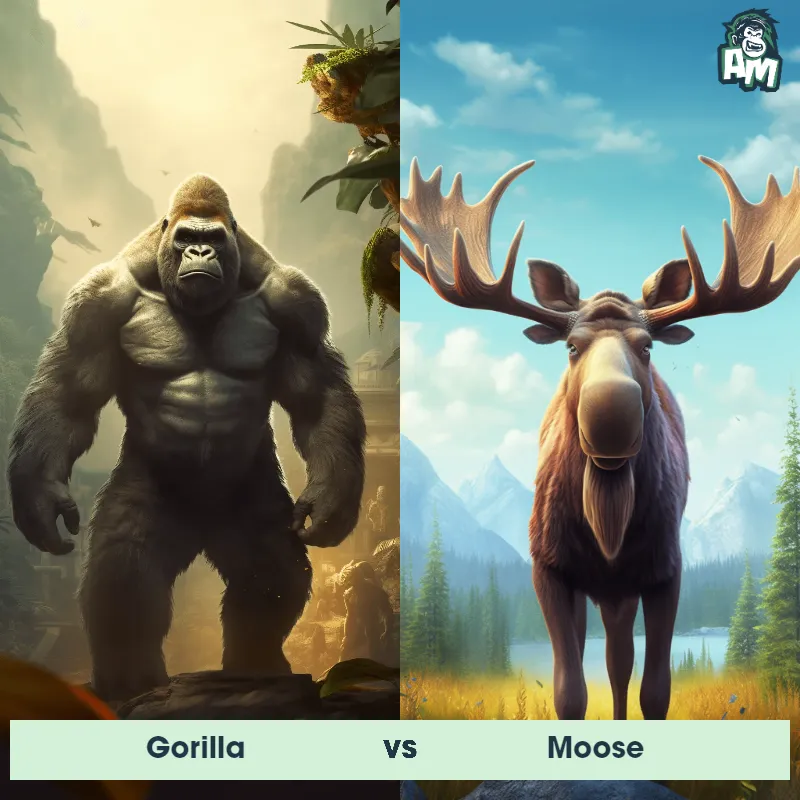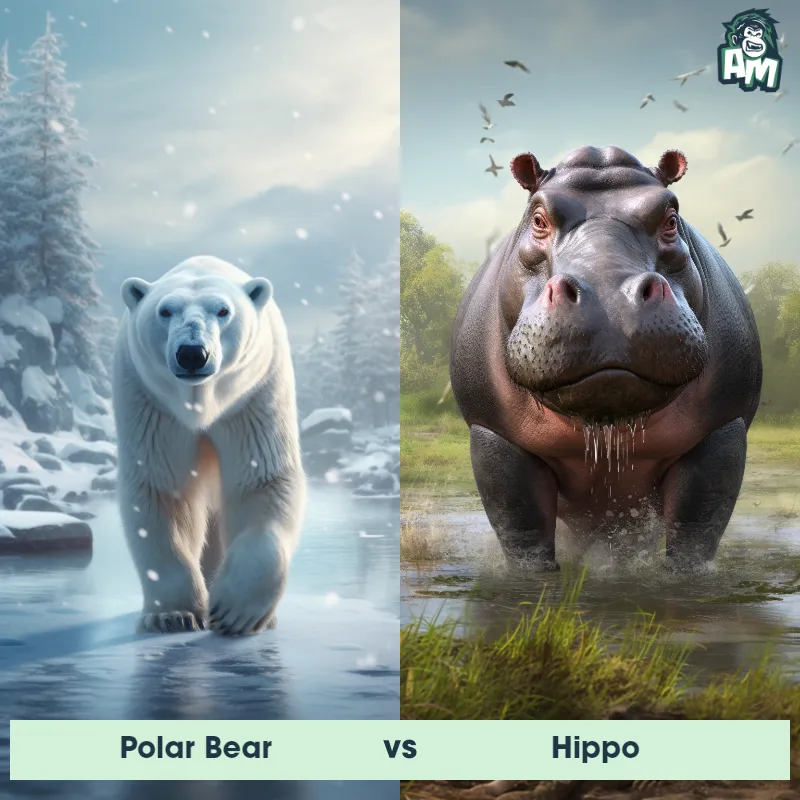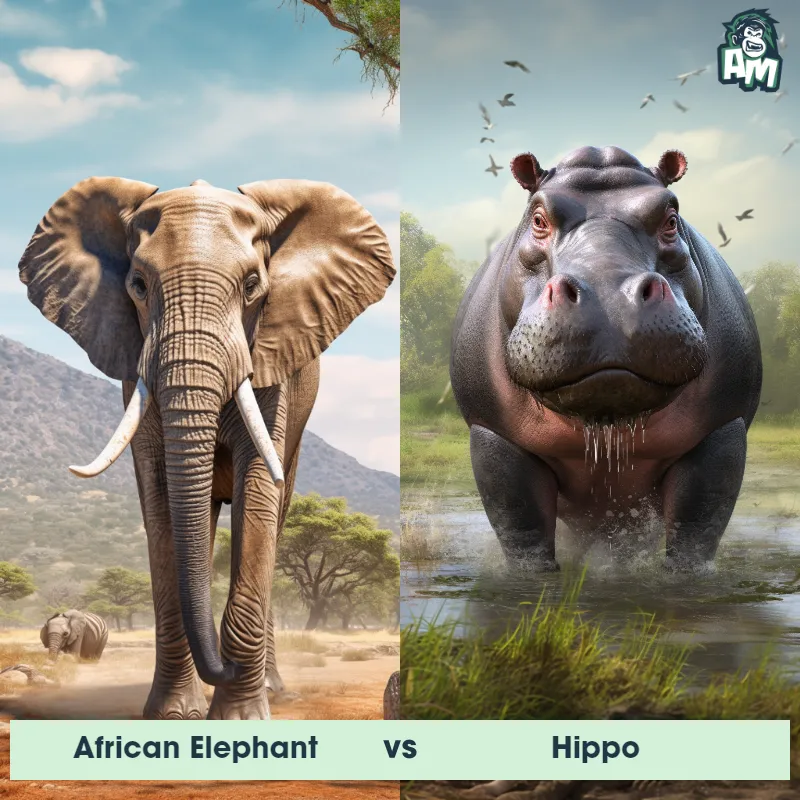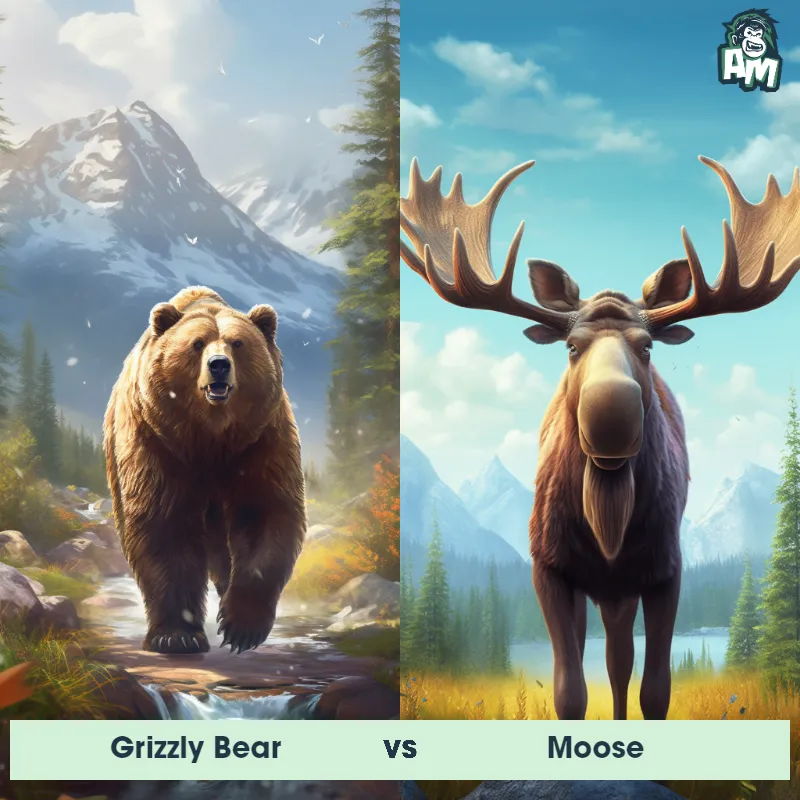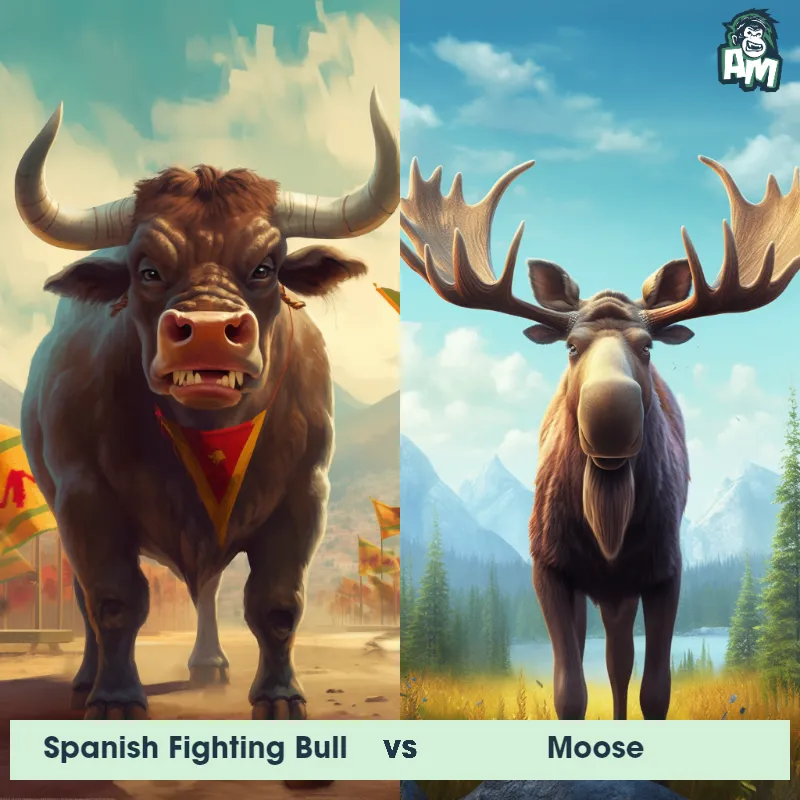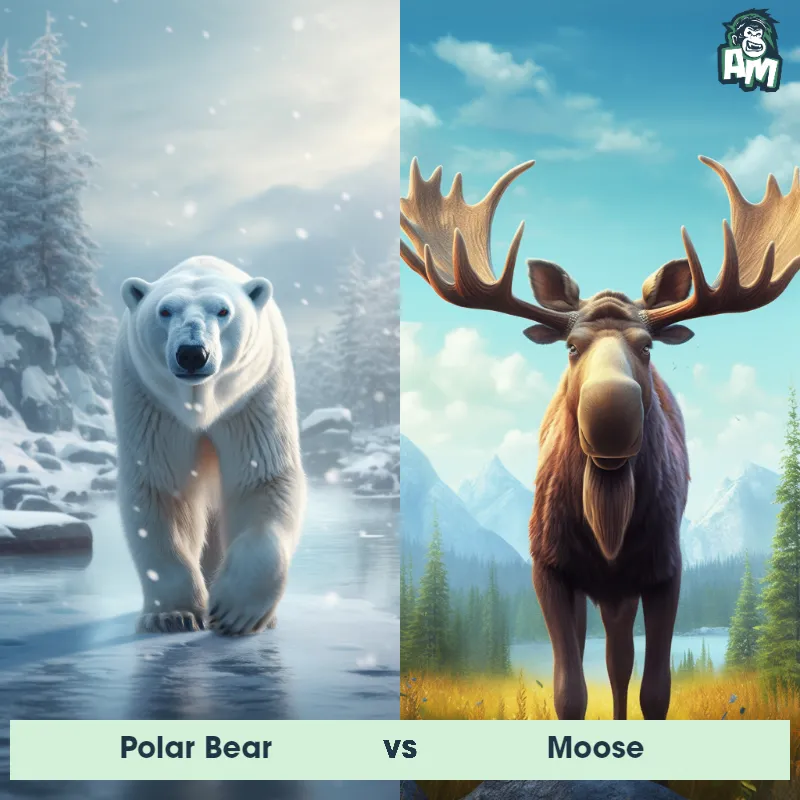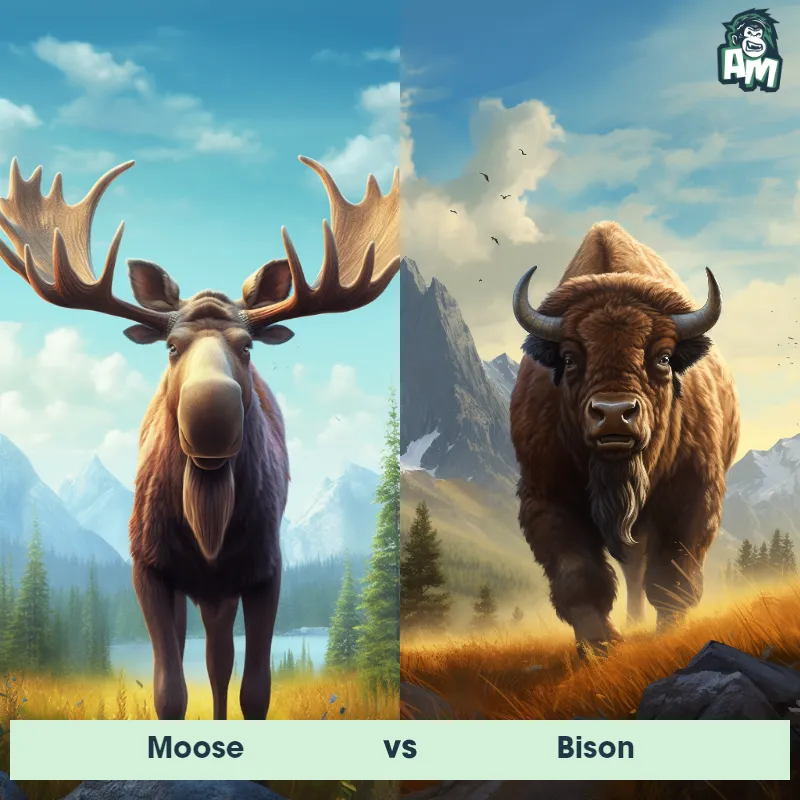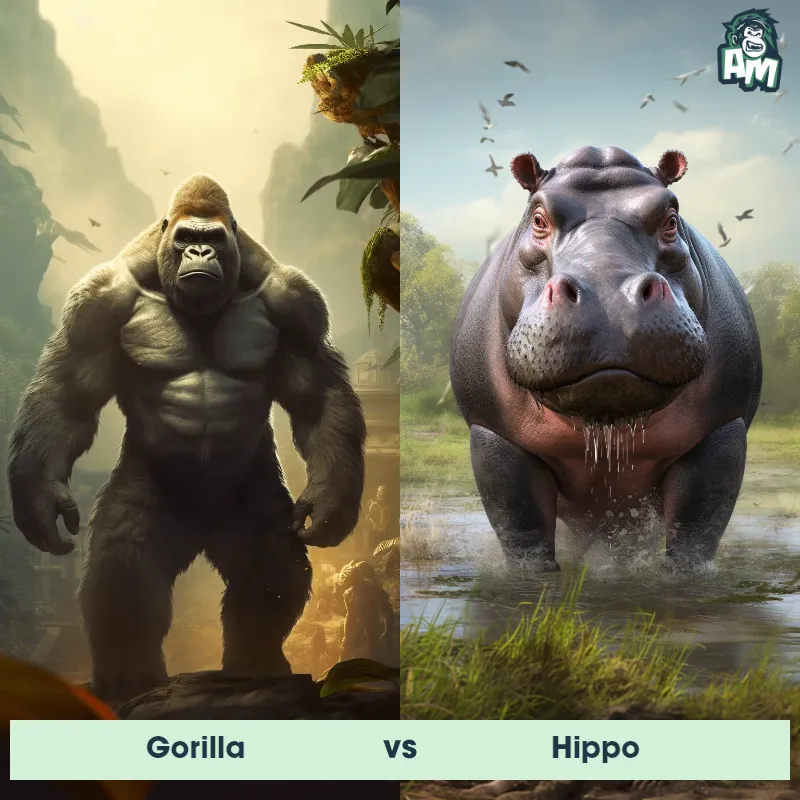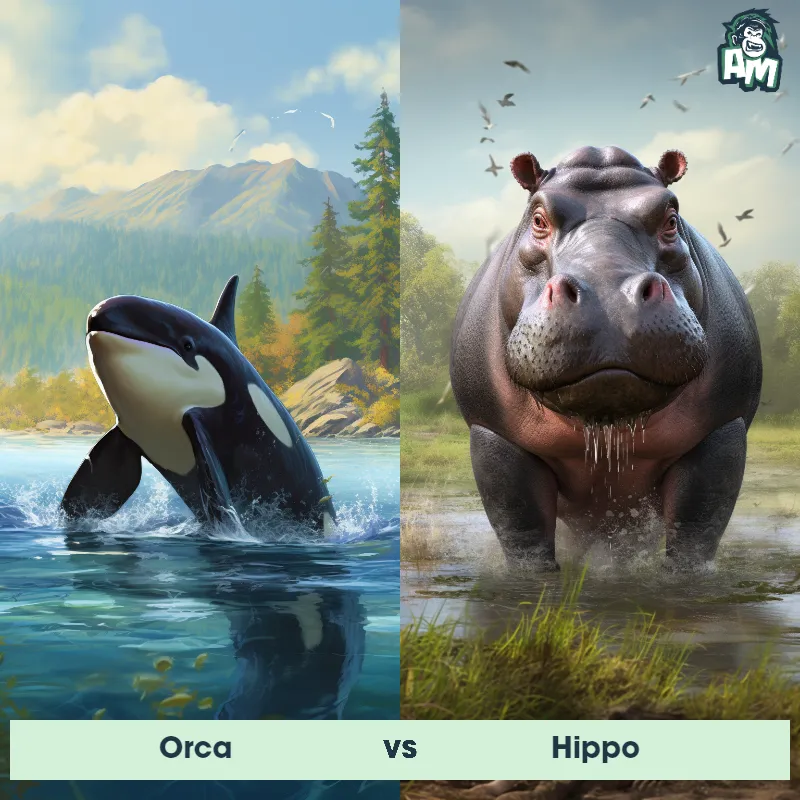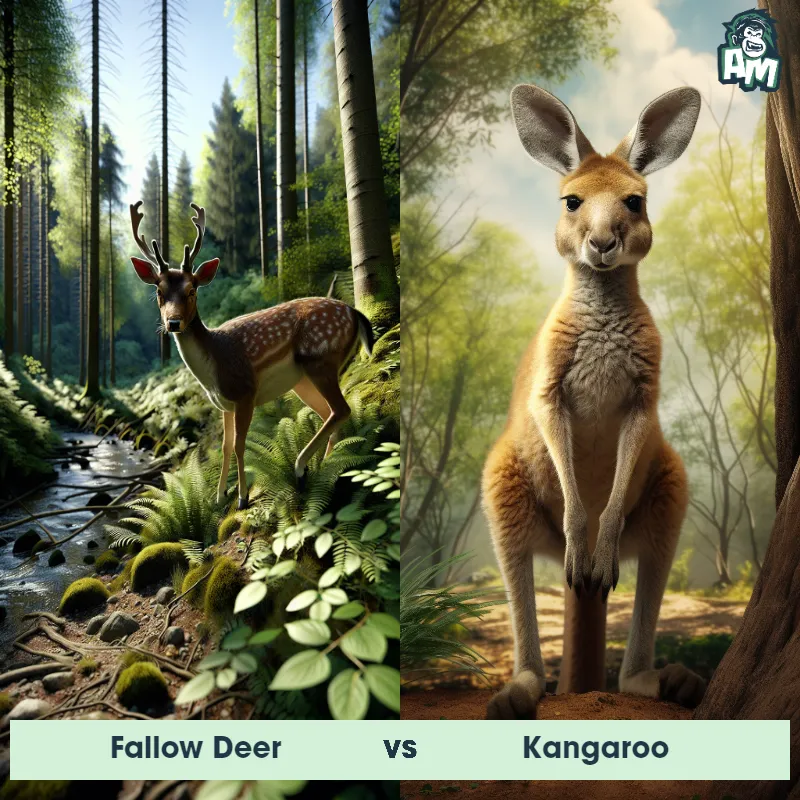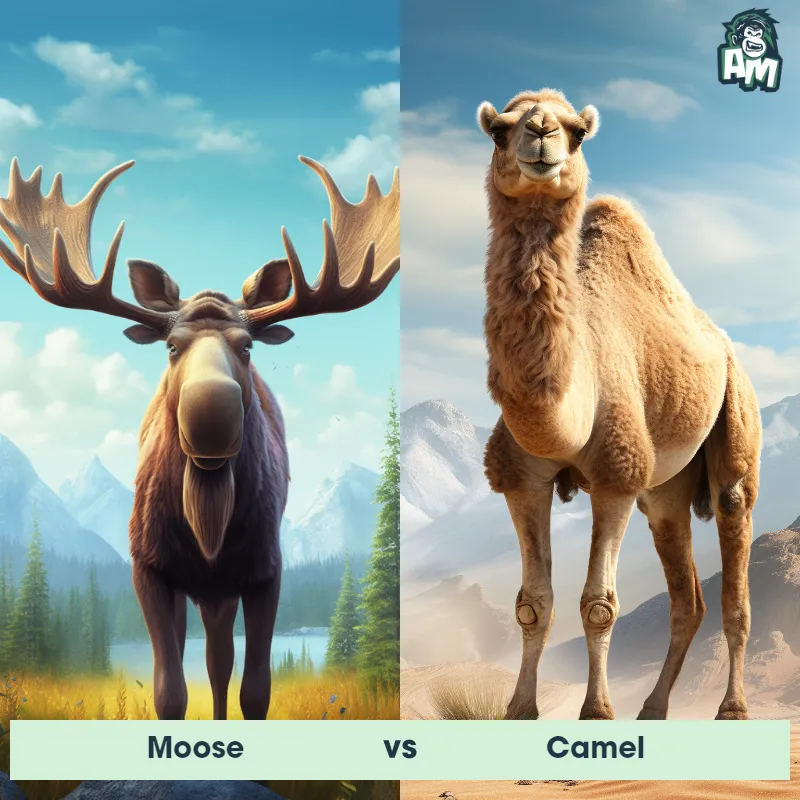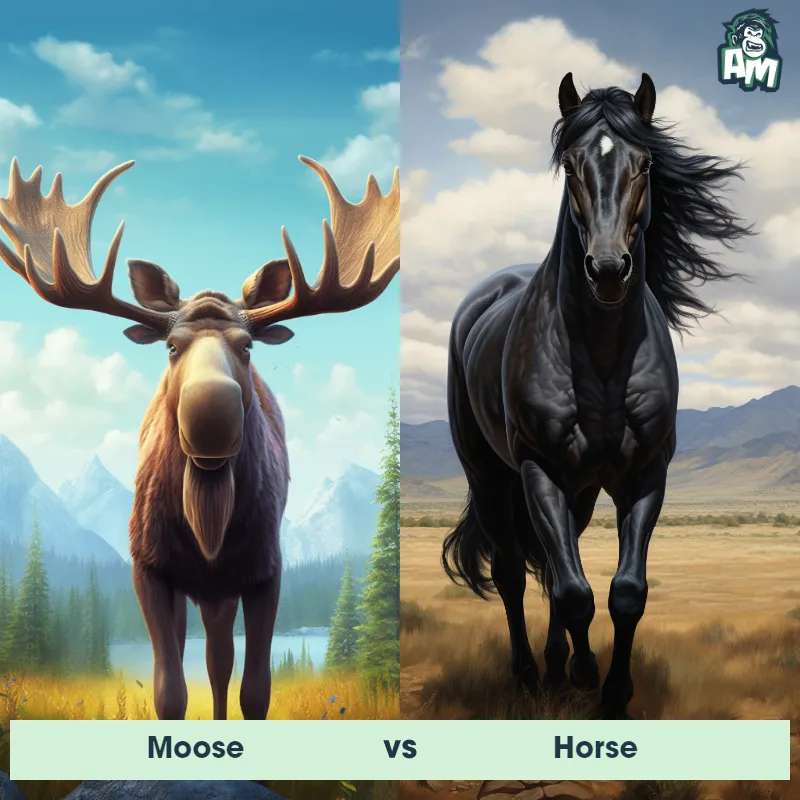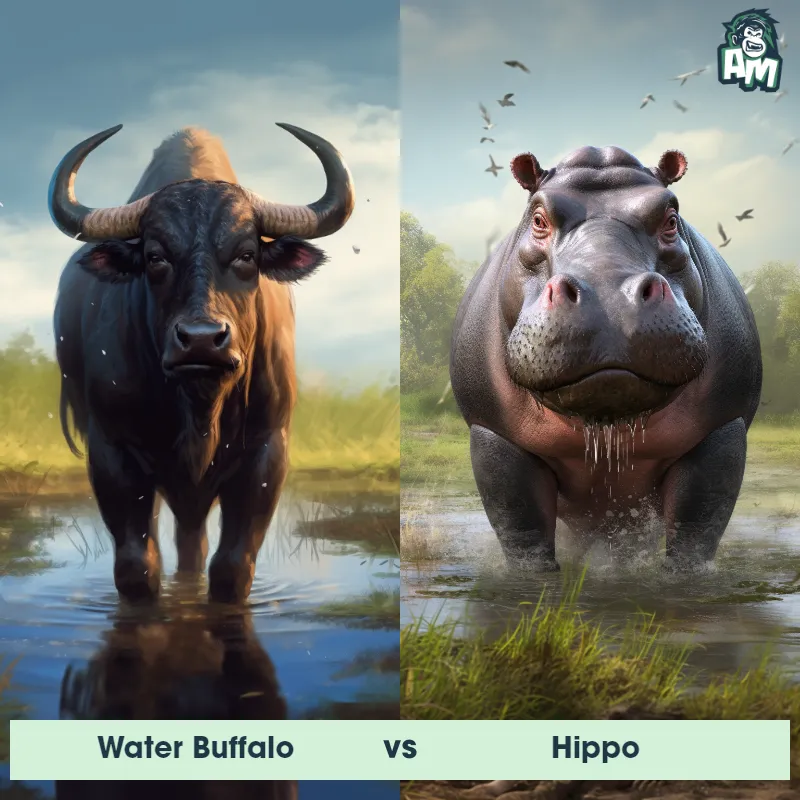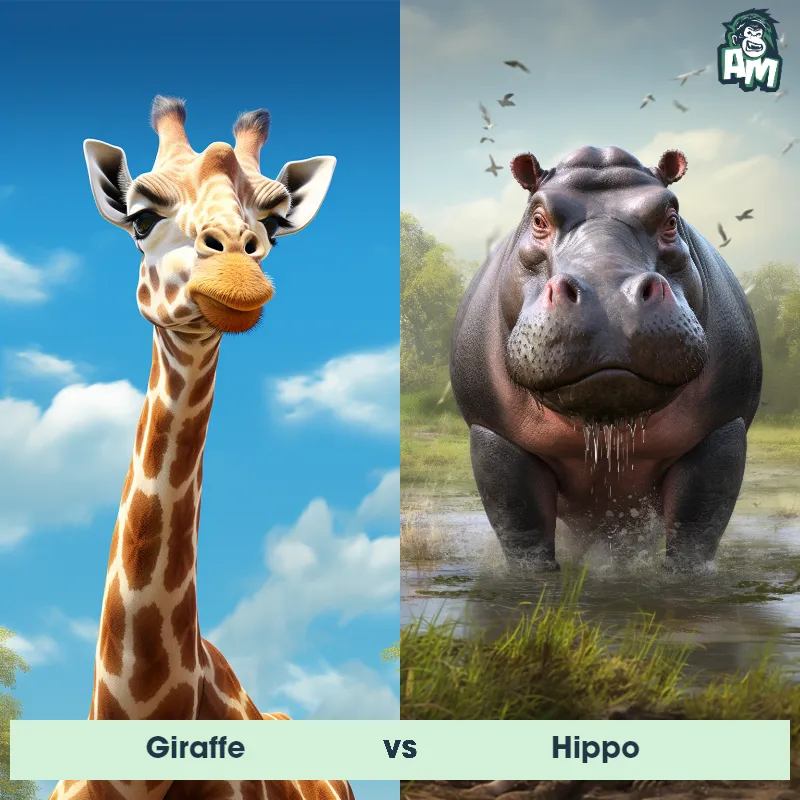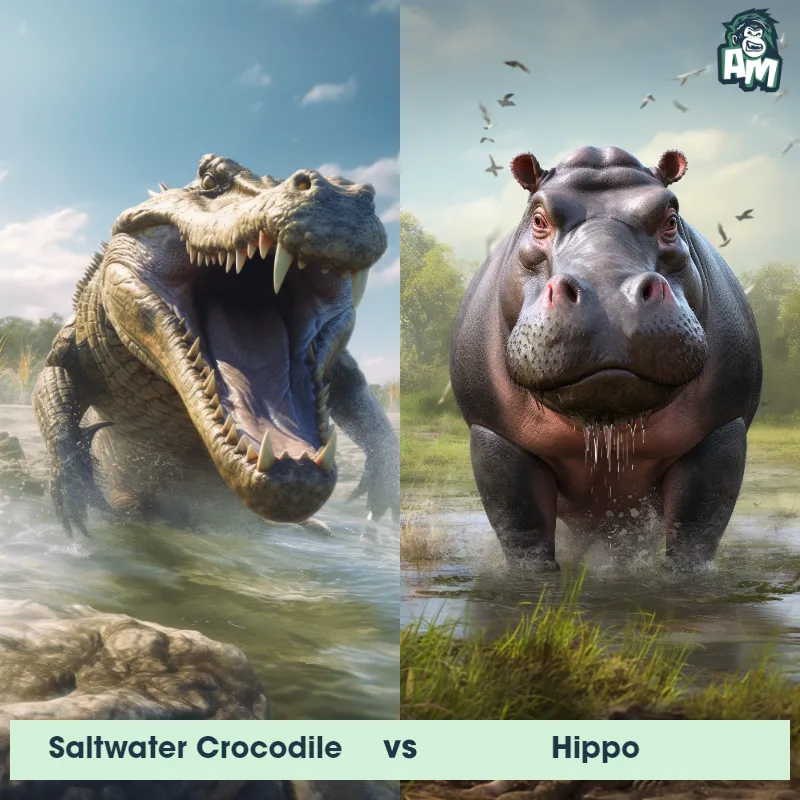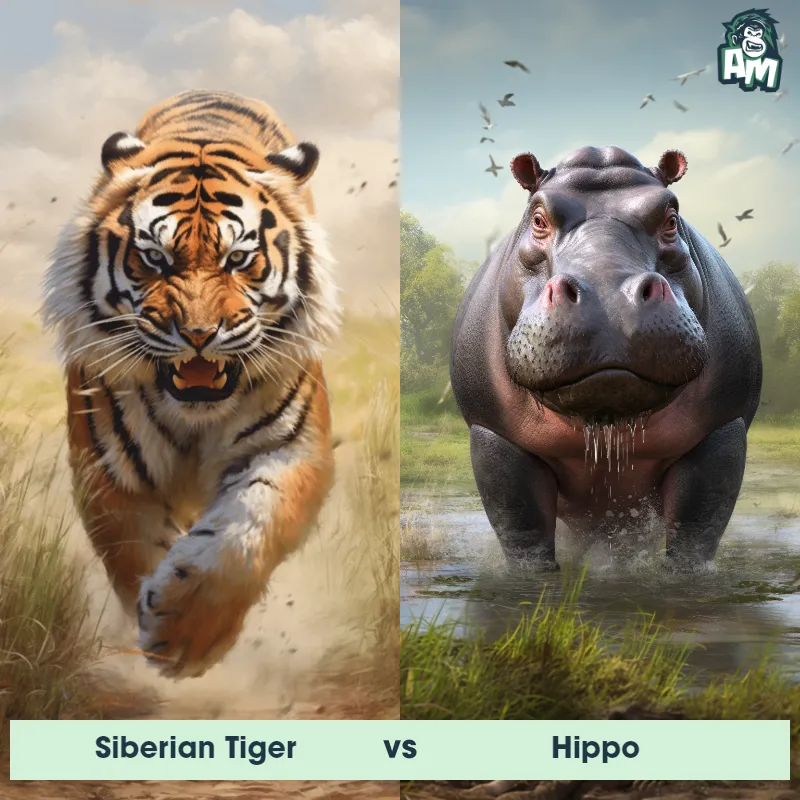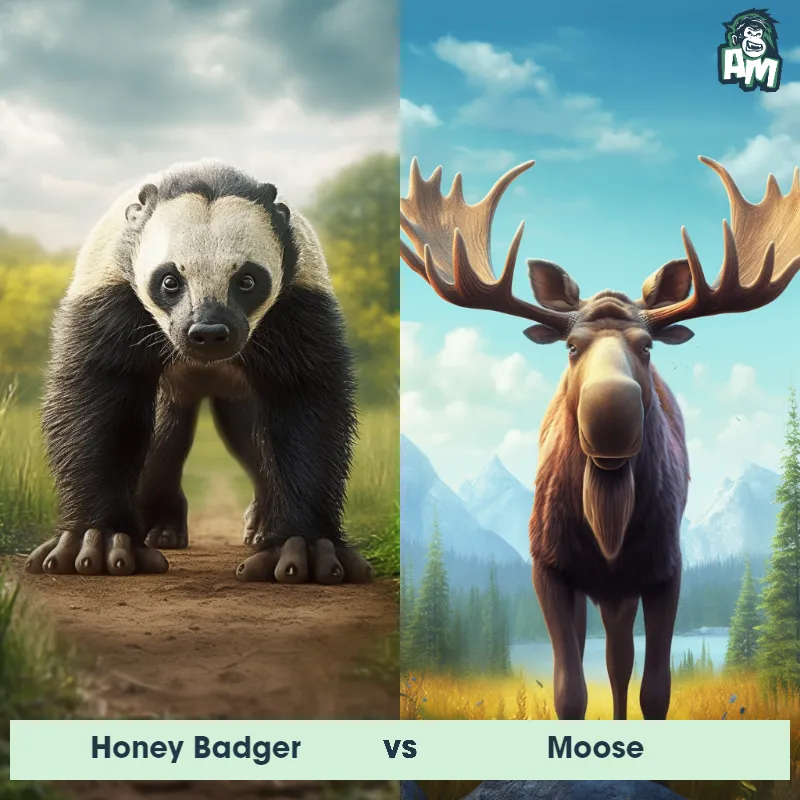Moose vs HippoSee Who Wins
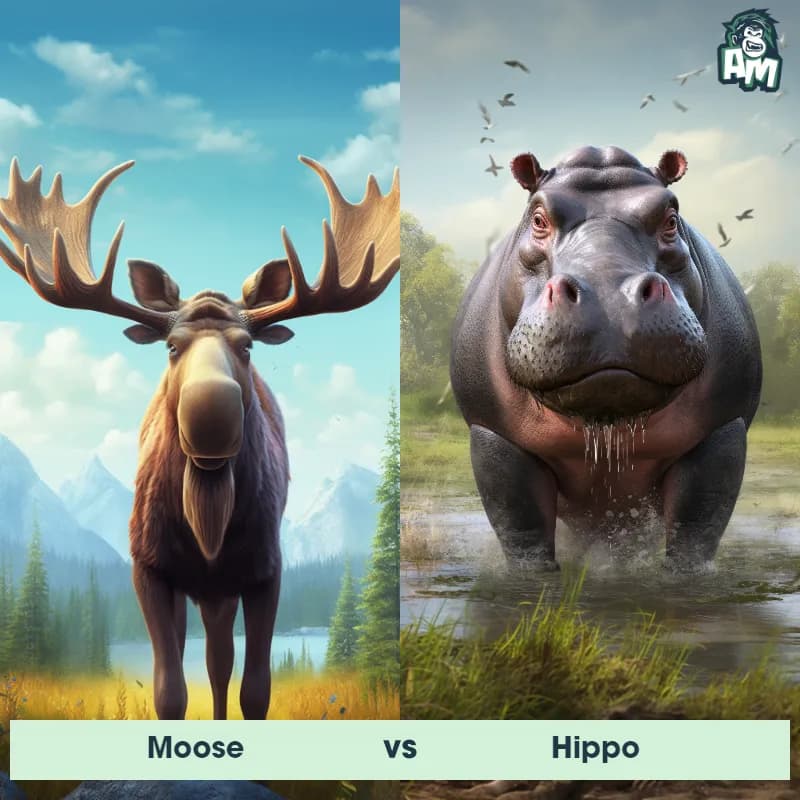
"Hello sports fans and welcome to this epic showdown at a top-secret location! We have a thrilling match lined up for you today, as two colossal creatures prepare to face off in the ultimate battle of strength and agility. Get ready for three rounds of intense competition between a mighty Moose and a monstrous Hippo!"
Contender 1: Moose
The Moose, also known as the Alces alces, is the largest member of the deer family. They are known for their massive size, with males weighing up to 1500 pounds and standing over 6 feet tall at the shoulder. Moose have long, slender legs and a humped back, with a distinctive flap of skin called a bell hanging from their throat. They are typically brown in color, with a darker mane and legs, and their antlers can span up to 6 feet across.
Fun Fact: Moose are excellent swimmers and can swim up to 6 miles per hour, using their powerful legs and large hooves to paddle through the water.
Contender 2: Hippo
The hippopotamus, often simply referred to as the hippo, is a large, mostly herbivorous mammal native to sub-Saharan Africa. With a barrel-shaped body, short legs, and a massive head with a broad, round snout, the hippo is the third-largest land animal after the elephant and rhinoceros. Hippos spend most of their day in the water or mud to keep their skin moist and protect it from the sun. Despite their bulk, hippos are excellent swimmers and can run surprisingly fast on land.
Fun Fact: Hippos secrete a natural sunscreen in the form of an oily red substance, which earned them the nickname "blood sweat," although it is neither blood nor sweat.
Matchup Stats
| Moose | Hippo | |
|---|---|---|
| Size | Up to 6 feet (1.8 meters) at the shoulder | 5 feet tall at shoulder, 13 feet long (1.5 meters tall at shoulder, 4 meters long) |
| Weight | Up to 1500 pounds (680 kilograms) | 3,000 to 4,000 pounds (1,400 to 1,800 kilograms) |
| Speed | Speed: 35 mph (56.3 km/hr) | 19mph (30km/h) |
| Key Strength | Powerful antlers used for fighting and display | Powerful jaws with large teeth |
| Biggest Weakness | Poor eyesight and slow movement | Poor eyesight |
Current Votes
Moose vs Hippo
See Who Wins
View More Matches
Looking For More?
Similar Matches
Scientific Stats
| Moose | Hippo | |
|---|---|---|
| Scientific Name | Alces alces | Hippopotamus amphibius |
| Family | Cervidae | Hippopotamidae |
| Habitat | Forests, wetlands, and tundra | Rivers, lakes and swamps |
| Geography | North America, Europe, and Asia | Sub-Saharan Africa |
| Diet | Herbivorous, primarily consuming leaves, bark, and twigs | Herbivorous, primarily grasses |
| Lifespan | 15 years - 20 years | 40 years - 50 years |
Key Differences between Moose and Hippo
- Size: The Moose is considerably taller and heavier than the Hippo, with adult males reaching heights of up to 7 feet at the shoulder and weighing up to 1,500 pounds, while Hippos typically stand about 4.5 to 5.6 feet tall and weigh around 3,000 to 4,400 pounds.
- Body Shape: The Moose has a long and slender body with slender legs, while the Hippo has a bulky, barrel-shaped body with short legs.
- Habitat Adaptations: Moose are adapted for life in forested areas, having long legs, a humped shoulder, and specialized hooves for walking on soft ground. Hippos, in contrast, have adapted to a semi-aquatic lifestyle with webbed feet, a barrel-shaped body for buoyancy in water, and eyes and nostrils placed high on their heads for easier breathing and vision while submerged.
- Appearance of Head: Moose possess a distinctive set of antlers, which are large, flat, and branched, typically found on adult males only. On the other hand, the Hippo has a large head with a wide mouth, massive jaws, and two long, curved, and ivory tusks protruding from the lower canines.
- Skin Texture: The Moose has coarse and shaggy fur that varies in colors from dark brown to light tan, whereas the Hippo has virtually hairless, tough, and grayish to grayish-brown skin.
- Facial Features: The Moose has a slender, elongated face with a bulbous nose and large ears, while the Hippo has a broad face, small eyes, and small, rounded, and almost hidden ears.



